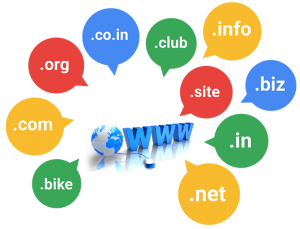Understanding Link Building SEO
Link building SEO is among the major tasks needed to succeed in generating traffic and achieving better search ranking. However, before you can embark on a link building journey, it’s important to understand the key elements of links used by search engines and why they matter in the algorithms.
These engines use these links in various ways. They are considered as “signals” that measure link value plus the site’s link profile. The more valued and popular the site is, the more the links coming from that site matters.
Wikipedia, for instance, has over a thousand different sites that link to it, which increases its value and popularity. In order to gain the authority and trust from the search engines, you will need other link partners to help you out. In short, the more famous, the better.
Here Are Some Link Building SEO Tactics You May Want To Try For Your Own Website:
Local Popularity
This concept was pioneered by Teoma search engine, suggesting that links coming from topic-specific communities are more important compared to links from off-topic sites. For instance, if your site sells customized wedding cakes, getting links from websites that feature nuptials is more valuable than getting links from garden shed websites, which are obviously off-topic.
The Use of Anchor Text
Search engines consider anchor text as one of the strongest signals for rankings. If countless links will lead you to the page with these keywords, this specific page has increased chances of ranking high for its targeted phrase in the anchor text it used.
The Trust Ranking

Spam is something users have had to contend with since the advent of the Internet and the popularity of emails. Some even propose that over sixty percent of web pages can be considered spam.
Spam makes link building efforts a bit difficult. For search engines to get rid of irrelevant content, they have developed systems that can effectively measure trust, majority of which can be based on a link graph. Once you’ve earned links from domains that are highly trusted, your scoring metric can have a significant boost as well. NGOs (.org), government websites (.gov), and universities (.edu) are some examples of high-trust domains.
The Neighborhood Link
Usually, spam links go both ways. Once your website links to spam, you’re more likely to spam yourself, consequently allowing many spammy sites to link back to you. By studying the totality of these links, engines get a better understanding of the “link neighborhood” your site is in. Therefore, be careful in choosing the sites you link to and be keen with the sites you want to earn links from.
Regular Updating
Eventually, link signals grow old and those websites that used to be so popular can end up earning very few new links. Therefore, it’s crucial that you not only earn links to your site, but continue to earn newer and fresher links to your website as well. The FreshRank is something the search engines use to gauge the freshness of your site, to see if it’s still relevant and popular among viewers.
The Social Media

Facebook, Twitter, and Instagram are just some of the most popular social media sites where popular content is shared. Even if engines consider links from social media as different compared to other links, they still notice them.
Up to now, SEO experts debate on how these engines cover social link signals in their algorithms, but it’s safe to say social media channels have played a big role in increasing the popularity of the most well-known sites today.
Indeed, understanding link building SEO is important not just for individuals but also for businesses that are trying to market their products and services online, while trying to gain leverage over their competitors. Learn to do it right, and you’re well on your way to revenue success.

